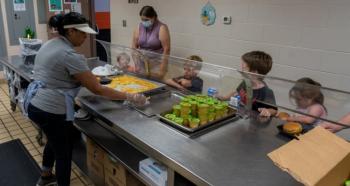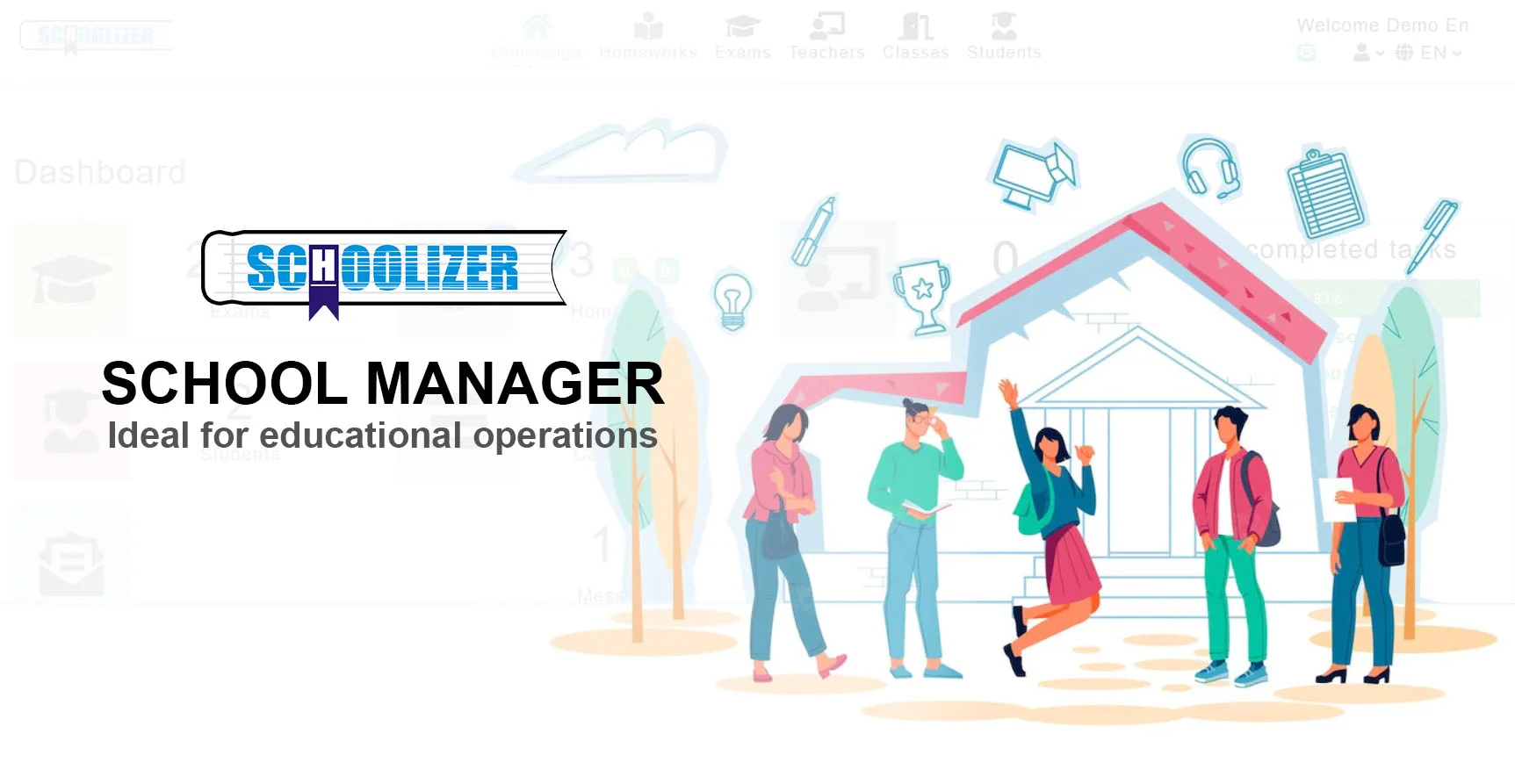The Hidden Crisis: Why Young Children Face Hunger as Summer Begins

The Hidden Crisis: Why Young Children Face Hunger as Summer Begins
What happens when school cafeterias close for summer? Why do millions of children suddenly lose access to nutritious meals? How can communities address this growing crisis? As temperatures rise, so does food insecurity among America's youngest and most vulnerable populations. This article explores the alarming reality of childhood hunger during summer months and what can be done to prevent it.
The Summer Hunger Gap: A National Emergency
During the school year, over 30 million children rely on free or reduced-price school meals through federal nutrition programs. However, when summer arrives, only about 1 in 6 of these children continue receiving meals through summer food programs. This dramatic drop in food access creates what experts call the 'summer hunger gap' - a period when children's nutritional needs often go unmet.
Real-world example: In rural Alabama, 9-year-old Jamal's family struggles when school ends. His single mother works two jobs but still can't always afford enough food. During summer, Jamal often skips meals or fills up on cheap snacks rather than nutritious food.

Why Summer Months Are Particularly Dangerous
Summer presents unique challenges for food-insecure families. Without school meals, household food budgets must stretch further. Many low-income parents face impossible choices between paying for rent, utilities, or groceries. Additionally, summer childcare costs strain budgets further, leaving less money for food.
The consequences extend beyond hunger. Research shows children experiencing food insecurity during summer months often:
- Lose academic skills (summer learning loss)
- Experience developmental setbacks
- Show increased behavioral issues
- Suffer from nutrition-related health problems

Barriers to Summer Meal Programs
While federal summer meal programs exist, they reach only a fraction of eligible children due to multiple barriers:
Transportation Challenges
Many children can't access meal sites due to lack of transportation. In rural areas, sites may be miles from home with no public transit options.
Limited Program Awareness
Families often don't know about available summer meal programs or how to access them. Outreach efforts frequently fail to reach those most in need.
Strict Program Rules
Current regulations require children to eat meals on-site at specific times, which doesn't work for families with working parents or irregular schedules.

Innovative Solutions Making a Difference
Despite challenges, creative programs across the country are finding ways to bridge the summer hunger gap:
Mobile Meal Buses: Some districts deploy school buses as mobile meal sites that visit neighborhoods, apartment complexes, and parks.
Backpack Programs: Nonprofits provide weekend meal packs that include shelf-stable items children can prepare themselves.
Summer EBT Pilots: Some states test electronic benefit transfer cards loaded with food funds specifically for summer months.
Example: In Texas, the 'Lunch Lizard' food truck visits low-income neighborhoods daily, serving hundreds of meals at parks and community centers.

The Economic Impact of Childhood Hunger
Childhood hunger creates long-term economic consequences that affect entire communities:
- Hungry children are more likely to need special education services
- Food insecurity correlates with higher healthcare costs
- Academic setbacks reduce future earning potential
- Communities lose productive workforce capacity
Studies estimate that child hunger costs the U.S. economy $28 billion annually in lost productivity and increased healthcare expenses.

How You Can Help Fight Summer Hunger
Individuals and organizations can take meaningful action:
Volunteer
Local food banks and meal programs always need volunteers to prepare, pack, or distribute meals.
Advocate
Contact elected officials to support policies expanding summer meal access and flexibility.
Donate
Financial contributions to reputable anti-hunger organizations have direct impact.
Spread Awareness
Share information about summer meal programs through community networks and social media.
Example: A church in Ohio organized a 'Summer Snack Drive' collecting healthy, non-perishable items for local children.







